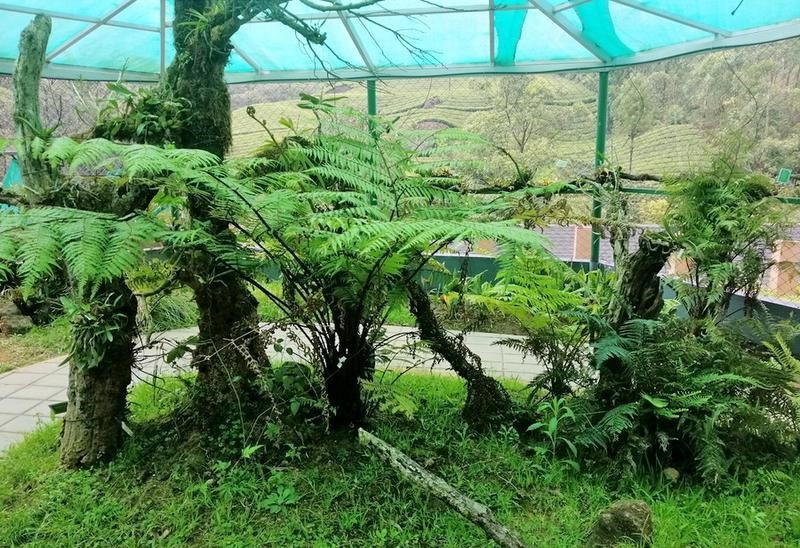Description

Disclaimer: Copyright infringement not intended.
Context
- The Eravikulam National Park (ENP) in Kerala, the natural habitat of the Nilgiri tahr in Munnar, has a new attraction — a fernarium set up inside the park.
About Ferns
- They were the ecological indicator of healthy forests.
- Ferns are part of the Epiphytic family.
- They grow naturally in a soilless condition.
- The plants obtain water and nutrients through leaching from trees. A large number of ferns are on the trees inside the park.

About ENP
- Perched 7000 ft. above sea level, a former hunting preserve of the British planters, the Park today exemplifies wildlife at its best.
- It was declared a Sanctuary in 1975 with the intention of protecting the indigenous population of Nilgiri Tahr (highly endangered mountain goat).
- However, in 1978, it was declared as a National Park considering it’s ecological, faunal, geomorphological and Zoological Significance.
- This is also the land of “Neelakurinji”, the flower that blooms once in twelve years.
- Highest peak south of the Himalayas – the Anamudi is located here.
Extent
- The Park covers an area of 97 Km2 of rolling grasslands and high level sholas.
Climate
- The Park receives heavy showers during the southwest (June/July) and retreating (October/November) Monsoons and is one of the wettest area of the World.
Topography
- The terrain is undulating with grass, hillocks, and sholas.
- The Anamudi, which is 2695 meters in height is situated on the southern side of the Park.

Vegetation
- The major part of the park is covered with rolling grasslands, but several patches of shola forests are also found in the upper part of the valley.
- Important flora includes Actinodaphne bourdilloni, Microtropis ramiflora, Pittosporum tetraspermium, Sysygium aronottianum, Chrysopogon Zelanieus, Eupatorium adenophorum, Strobilanthus Kunthianus (Neela Kurinji), Eulalia phaeothrix, Tripogen bromodes, Arundinella fuscata, CyanotisSpecies etc.
- The shola grasslands are exceptionally rich in balsams and orchids including the long thought extinct variety Brachycorythis wightii .
Wildlife Population
- 29 Species of mammals are found here of which 5 are endemic to the Western Ghat’s.
- The Nilgiri Tahr, Gaur, Sloth Bear, Nilgiri Langur, Tiger, Leopard, Giant Squirrel and wild dog are common.
- Half the world population of the endangered Nilgiri Tahr lives here.
- 140 species of birds of which 10 are unique to the Western Ghat’s.
- The Atlas moth, the largest of its kind in the world is seen in this Park.
- More than 100 varieties of butterflies have been recorded here. Besides 20 species of amphibians are also seen.
|
PRACTICE QUESTION
Q) How many of the following statements with reference to Eravikulam National Park is/are incorrect?
a. Highest peak south of the Himalayas – the Anamudi is located here.
b. The Atlas moth, the largest of its kind in the world is seen in this Park.
c. It is one of the wettest area of the World.
- Only 1
- Only 2
- Only 3
- None of the above
Answer: Option 4
|

https://epaper.thehindu.com/ccidist-ws/th/th_delhi/issues/31037/OPS/GI7B2JT6C.1+G6IB2KLLE.1.html
















